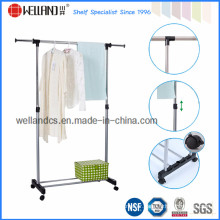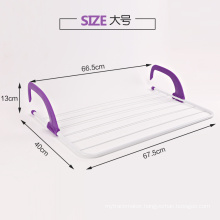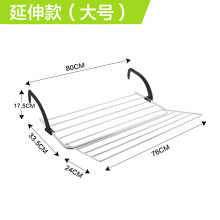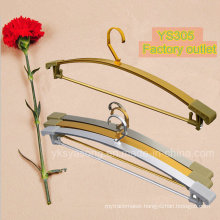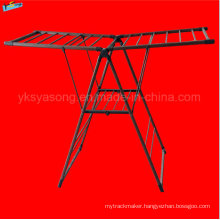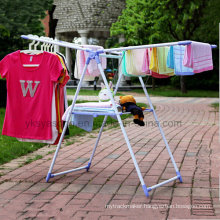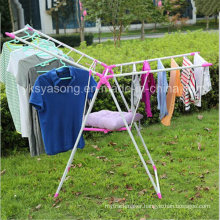How can greenhouse pepper cultivation be safe for winter? Cultivation techniques for greenhouse wintering peppers in northern China
2021-04-19
Pepper is a vegetable that people can't live without, whether it is popular in rural or urban areas. It is the category that most growers choose to plant. Today, Xiaobian will share with you the cultivation techniques of greenhouse peppers in the northern region. For your reference to growers.
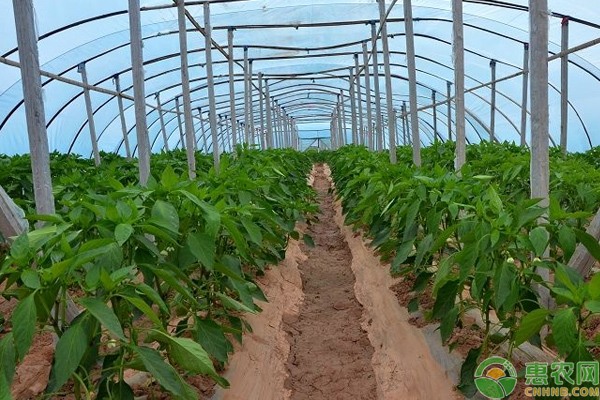
1 variety selection
Choose pepper varieties such as Qijiao No. 5, Qijiao No. 2, Hangjiao No. 5 and Ganke No. 16.
2 cultivate strong seedlings
2.1 Preparation before nursery
The nutrient soil is prepared by using the fertile garden soil without pests and the high-quality farmyard manure (the mushroom mushroom rod is better), and the mixture is finely sieved and mixed in a ratio of 3:1 or 2:1, and the phosphate is added to the nutrient soil. Ammonium 15 ~ 30 kg / m3 and potassium sulfate 7.5 kg / m3 (grass ash 75 kg / m 3) mixed evenly. Spray disinfection with 50% carbendazim WP 400-500 times, seal with a film after disinfection, and seal for about 1 week. Generally, the seedbed is made of flat 1.2m wide and 10cm above the ground. The length depends on the amount. 3~5d before planting, the bottom water is poured for planting.
2.2 Seedling time
Seedlings are planted in mid-July and planted in mid-September.
2.3 soaking seeds and germination
The purpose of seed treatment is to kill the spores and dormant bodies of the harmful pathogens carried on the surface of the seeds as well as the pest eggs. The treated seeds on the surface of the seeds after sowing will further kill the pathogens, eggs and seeds in the soil of the seed Zhou Guo. Pests ensure seed safe emergence and seedling stage from pests and diseases. The amount used is 1.8~2.25 kg/hm.
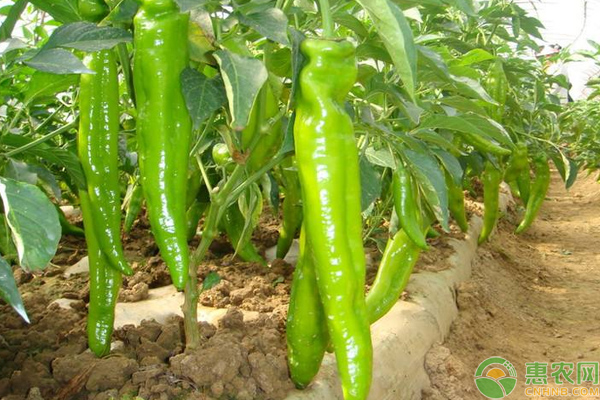
2. Before sowing
Dry the seeds, then put them into hot water at 50-55 °C, kill the seed epidermis, and then stir with a small wooden stick in one direction. After the water temperature drops to 30 °C, soak for 6-8 h, then join After carbendazim or chlorothalonil is stirred, soak seeds for 30 m in, then wash the seeds clean, wrap them in wet gauze, wrap them in plastic bags, germination at 25-28 °C, turn the seeds at any time, and heat the seeds. Evenly, rinse with warm water once or twice a day, germination after 4 to 5 days, until 70% of the seeds are white and can be sown. The coated seeds do not need to be processed.
2.4 bed construction with soil
The bed soil should be mixed with sifting garden soil and fully fermented farmyard manure, mixed with 50% carbendazim powder 120-150 g/hm2, 2/3 of the soil applied to the seedbed, 1/3 of the soil cover.
2.5 sowing
Spread from late July to mid-August, pour enough water on the seedbed, lay a layer of nutrient soil about 3 cm thick, and then sprinkle water. After the water has been infiltrated, in order to spread the seeds evenly, the seeds and the previously sifted ash are placed. Mix well. Sprinkle the seeds on the nutrient soil, and then cover the soil with a 1 cm thick nutrient soil. If the soil is too thin, there will be a phenomenon of “wearing a hat”. If the soil is too thick, the seedlings will be unearthed slowly, and there will be rotten seeds. Lead to seedlings. After covering the soil, the mulch is covered, and the grass is lightly covered with some grass to cover the shade. At night, the small arch shed can be used for heat preservation.
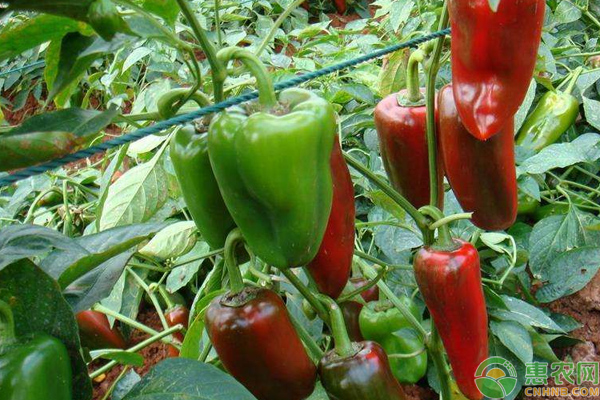
2.6 Seedbed Management
During the daytime, the temperature is controlled at about 25 °C. When 70% of the seedlings are emerged, the mulch film is removed and a small arch shed is placed. The shed film is often scrubbed to increase the light. When the temperature is highest during the day, use a shade net to cover the shade, the bed temperature should not exceed 30 ° C, and the cover should be uncovered on cloudy days to prevent the seedlings from growing.
2.7 Seedling management
2.7.1 When the seedlings have 1 piece of true leaves, it is necessary to remove the weak seedlings and remove the weeds.
2.7.2 Seedlings When seedlings 2 to 3 pieces of true leaves, use nutrient mash to separate seedlings, and fill the prepared nutritious soil into nutritious glutinous rice. The seedlings are too small to be easy to handle, and excessively affecting flower bud differentiation. Choose sunny day morning to divide the seedlings, pour enough water when seedlings, try to bring more soil, do not hurt the roots. While digging and planting, each nutrient is divided into two seedlings, the large seedlings are equipped with large seedlings, and the seedlings are matched with small seedlings. There must be a certain distance between the two seedlings. The seedlings are planted into the sputum and the soil is slightly pressed. It is better to not bury the cotyledons in the depth and depth. After pouring the carbendazim or chlorothalonil medicinal solution, pour enough water to hang the shed. , buckle the small arch shed, keep high temperature and high humidity, in order to facilitate slow seedlings. 3 days after seedlings, no ventilation, and the fourth day began to gradually ventilate from small to large.
2.7.3 Temperature management The temperature requirements of pepper seedlings are relatively high, 25 to 30 ° C during the day and 20 to 22 ° C during the night.
2.7.4 Illumination Management Pepper is a low-light-resistant vegetable in solanaceous vegetables. If the light intensity is too high, the photosynthesis will no longer increase, and the respiration intensity will increase due to the increase of temperature. The wintering 茬 pepper will be seedling in mid-July, and the light intensity will be too high. Shading should be used for shading. In order to prevent the seedlings from growing up, not aging, it is not suitable to be placed in a dark and humid place after the seedlings. Humidity will cause the seedlings to rot and die.
2.7.5 10 to 15 days before the seedlings are planted, the seedlings are planted, and the seedlings are removed without watering, and all the coverings are removed to fully receive the exercise under natural conditions. There is almost no slow seedling phenomenon.
3 Site preparation
3.1 Greenhouse disinfection
High temperature shed sterilization before planting.
3.2 Site preparation
Fine land preparation, apply enough base fertilizer. Applying high-quality farmyard manure 75 000-90 000 kg/hm2, oil slag 3 000 kg/hm 2 , urea 465 kg/hm 2 , diammonium phosphate 525 kg/hm 2 , potassium sulfate 645 kg/hm 2 , deep tillage after fertilization , ridges, ridges to the north and south, ridge width 60cm, ridge height 15 ~ 20 cm, groove width 50 cm, ridges open 10 ~ 15 cm irrigation ditch, water in the dark ditch to see if there is water leakage, ridge repair.
3.3 Transplanting
When the seedlings reach the standard of strong seedlings, they should be planted early to raise the morning market and increase the output in the early stage. In mid-September, the sunny day will be transplanted and planted in the morning. When planting, the row spacing is 40 cm and the plant spacing is 25-30 cm. Each row is planted in 2 rows, 2 plants per row, 2 rows on the ridge are planted, the nutrient meal is removed, and the seedlings are directly planted. Bring soil into the hole. The soil is flush with the ridge surface, first pouring the poisonous liquid, then watering the hole, smoothing the seedling, and planting the water after planting. The film is covered about 1 week after planting, and the ridge and the furrow are covered with film. The seedlings were ruptured and placed at a seedling density of 37 500 to 45,000 plants/hm2.
4 Post-plant management
4.1 Temperature Management
The shed temperature in the daytime before and after planting slow seedlings is controlled at 28~30°C, and 17~20°C at night to promote slow seedlings, dehumidification in the morning, no more than 30°C in the slow seedling period, and no daytime after the seedling period to the flowering fruit setting period. Controlled at 28 ° C, more than 30 ° C will fall a lot of flowers, plant growth is slow, no flowering when the daytime temperature is lower than 10 ° C, longer than 21 ° C for a long time, the disease is serious, the night temperature is lower than 6 ° C when the flower falls.
4.2 Lighting Management
Overwintering 茬 pepper growth period has to go through a long period of severe cold winter, short sunshine hours, weak light is the main factor affecting plant growth and fruit development, increasing light is the main stimulation measures, often wipe the shed film, with sunshine The number is gradually increasing, the straw curtains should be uncovered early, and the grass curtains should be uncovered on cloudy days to allow the plants to see the light at the right time and extend the time of seeing light.
4.3 Water and fertilizer management
Due to the shallow root system, the pepper has poor ability to absorb water and fertilizer. After 10 to 15 days after planting, the water is poured once, and the pepper begins to expand. After the pepper is placed, the second water is poured. After each picking, the water is poured once, and the soil is kept moist. The water is not watered on cloudy days to increase the humidity. Topdressing and watering are carried out at the same time. The fertilizer is immersed in the barrel for 1~2 days in advance. When watering, the head is evenly smashed with water, and the water is flushed into the line, and each line is evenly fertilized, and each plant is evenly fertilized. Apply urea 20.5 kg/hm2 at a time, 40.5 kg/hm2 diammonium phosphate, and 22.8 kg/hm 2 potassium sulfate. If the plant has a prolonged phenomenon, spray paclobutrazol appropriately.
4.4 Grass curtain management
The longer the sunshine time in the greenhouse, the brighter the light in the shed, the better the plant growth, the higher the yield. If the curtain is not exposed all day, the temperature in the shed can only continue to be lowered. By the next day, the temperature in the shed will be It is lower than the previous day. If the plants are not visible, they will not be able to carry out photosynthesis and cannot grow. So 2 to 3 days, the plants will start to yellow and it is difficult to achieve high yield. Even if the sky is cloudy and the snow is underneath, it will be uncovered. Every morning at 9:00, the curtain will be uncovered, and at 5:00 pm, the curtain will be covered, and the snow film will be covered to raise the night temperature. Even the snow and snow will suddenly turn sunny, and the temperature of the light will change greatly. Plants with weak physiological activities in the weather can not adapt to such an environment, causing physiology dysfunction of plants, and the transpiration of vegetable leaves is increasing rapidly. However, because the ground temperature rises very slowly, the transpiration water is not replenished, so that the leaves are quickly wilted, if not taken in time. The measures have developed from temporary wilting to persistent wilting, and when they are severe, they die (called "flash seedlings"). Take the interval to clear the curtain to make the plants gradually adapt. If it is wilting, spray some water, then release the curtain. After the plantation is restored, remove the straw curtain. After 2~3 days, you can enter the normal management. If the night temperature is low, you can cover it early. Curtains, when the height is high, the curtain can be postponed, and it should be flexible.
5 Plant adjustment
5.1 Pruning
During the prosperous period of pepper growth, the foliage is luxuriant, affecting the light effect, and the yield is reduced. The pruning should be carried out. The pruning includes three-bar pruning and four-bar pruning.
5.2 Snoring
Do not fight before flowering, snoring is not conducive to root growth, prone to premature aging, the lower side branches of the door pepper are all destroyed, the result is timely removal of old leaves, yellow leaves, diseased leaves, improve ventilation and light conditions.
6 pest control
Adhere to the principle of "prevention first, comprehensive prevention". Strict disinfection of soil and seeds, enhancement of light, adjustment of suitable temperature, reduction of humidity, enhancement of water and fertilizer management, improvement of stress resistance and other measures to prevent the occurrence of pests and diseases.
6.1 Main diseases
6.1.1 Viral disease with virus spirit or hydrochloric acid bismuth copper spray control.
6.1.2 Powdery mildew is treated with 10% Shico wettable powder 1500 times solution or 12.5% carbazole 1 000 times solution spray.
6.1.3 For diseases, gray mold, leaf mold, and blight, use 70% mancozeb wettable powder 400-600 times liquid or 75% chlorothalonil wettable powder 800~1 000 times liquid spray control, also Available in quick-curing, chlorothalonil, and Radomir smoke.
6.2 Pests
Aphids, whitefly, and leaf miner are controlled by acetamiprid and Zhongbao tooth, and can also be scented with 15% isopropyl salt. The above drugs are used alternately to avoid drug resistance, and the smoke agent is ignited after the grass curtain is covered.
7 harvesting
The pepper should be removed in time to avoid affecting plant growth and other fruit growth. When the fruit grows up sufficiently, the skin color is dark green, and when the peel is hard and shiny, it is harvested in time. Harvesting is best carried out in the morning, the temperature in the morning is low, the water content of the pepper is sufficient, it is easy to transport after harvesting, it is not easy to be wilted, and the fallen leaves are cleaned after harvesting.
It is very important to manage the winter sorghum cultivation of peppers, because the cold weather in winter is easy to be frozen, and in severe cases, the plants will die. The above is about the cultivation and management skills of greenhouse peppers overwintering. You can learn from them.
Professional dedicated to Research,Development,Design,Manufacture of Innovative,Intelligent control and high efficiency Greenhouse LED Grow Lights for modern agriculture,greenhouse,hydroponics, etc.
Features
Deep penetration :Good lighting penetration,can penetrate to the deep of the plants
Modular Internal Build: Fully upgradable,easy warranties
Thermal Management:Custom copper core heatsinks quickly dissipates heat for cool operating temperatures
Powerful: 2nd Generation ultra penetration 5W LEDs light deep into the canopy
Versatile: Power cord available in 85~265V and international plugs
Lighter weight: Much lighter than the same products in the marketplace, safer for hanging .
Plants: Suitable for both vegetative phrase and flowering phrase
Advtanges:
Upgraded Epistar chips,High Lumen,High penetration.
Plug with listed certificate safe to use.
Item Display
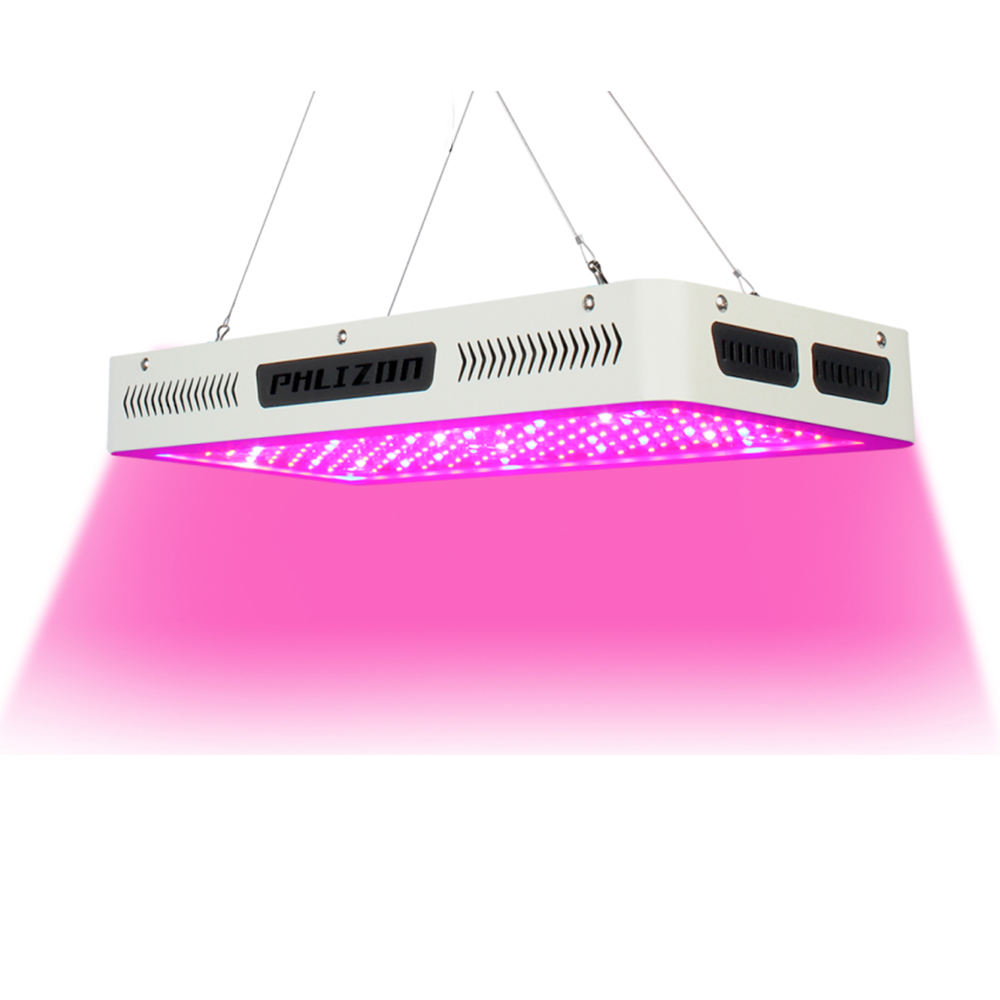
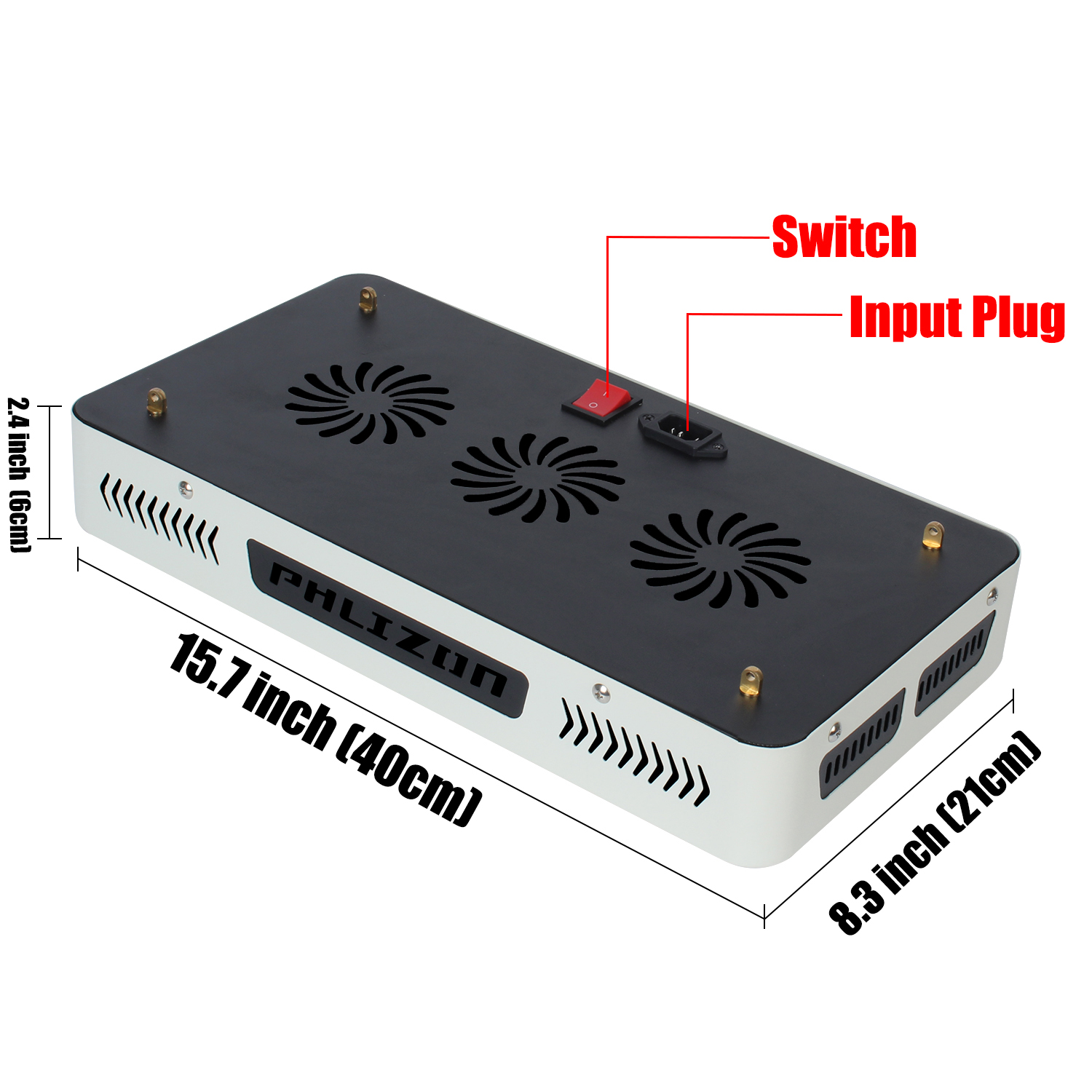
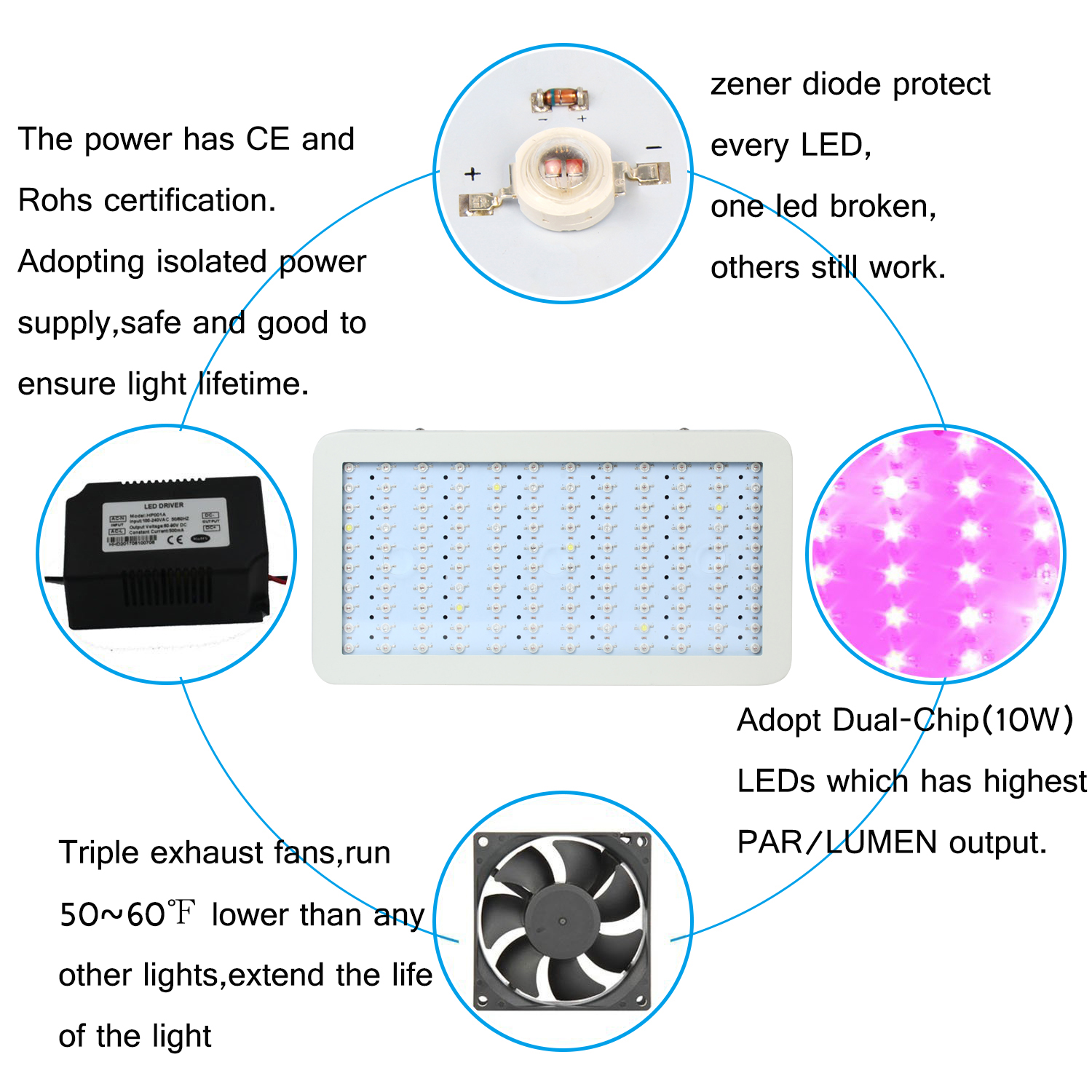
Full Spectrum LED Grow Light and High PAR for Greenhouse lighting
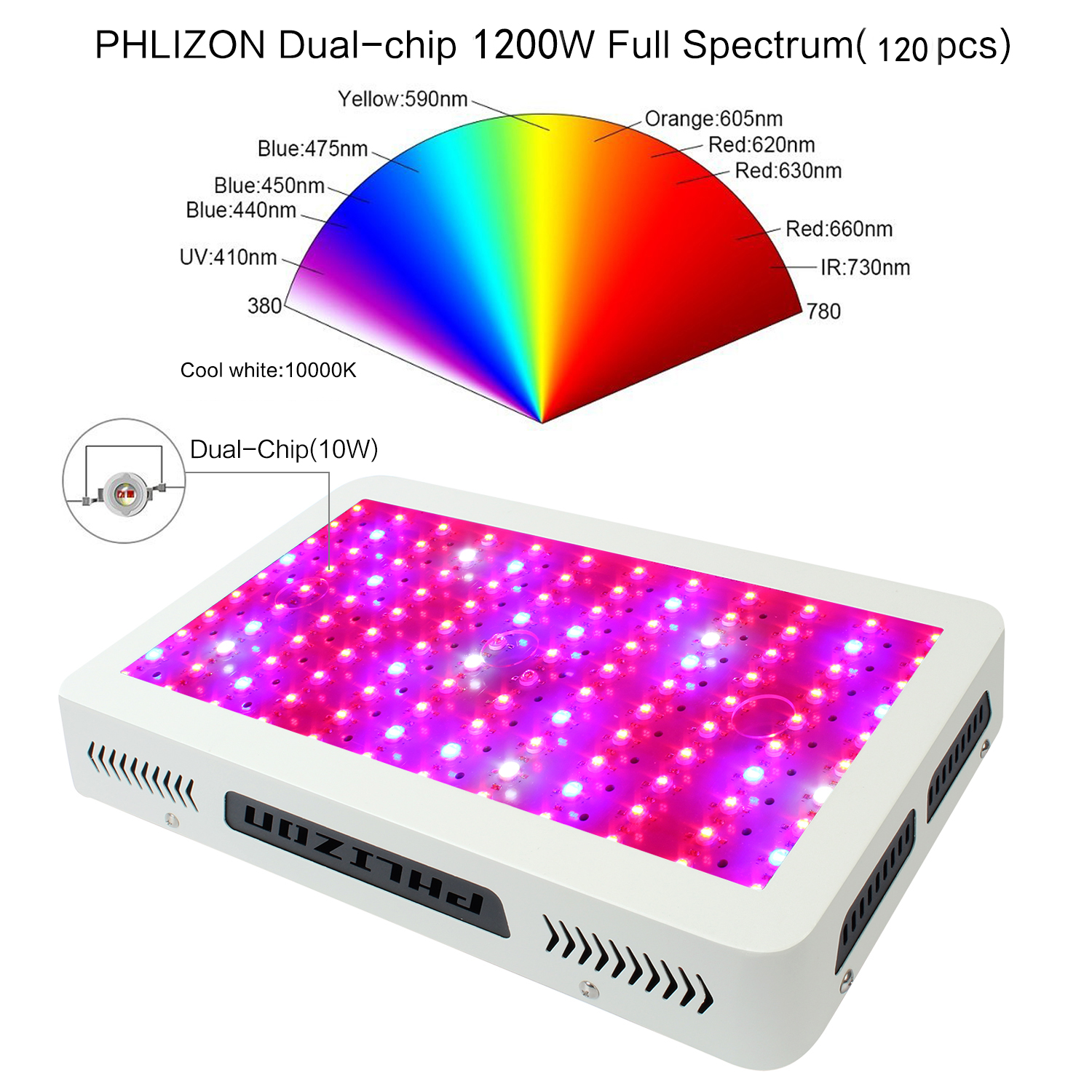
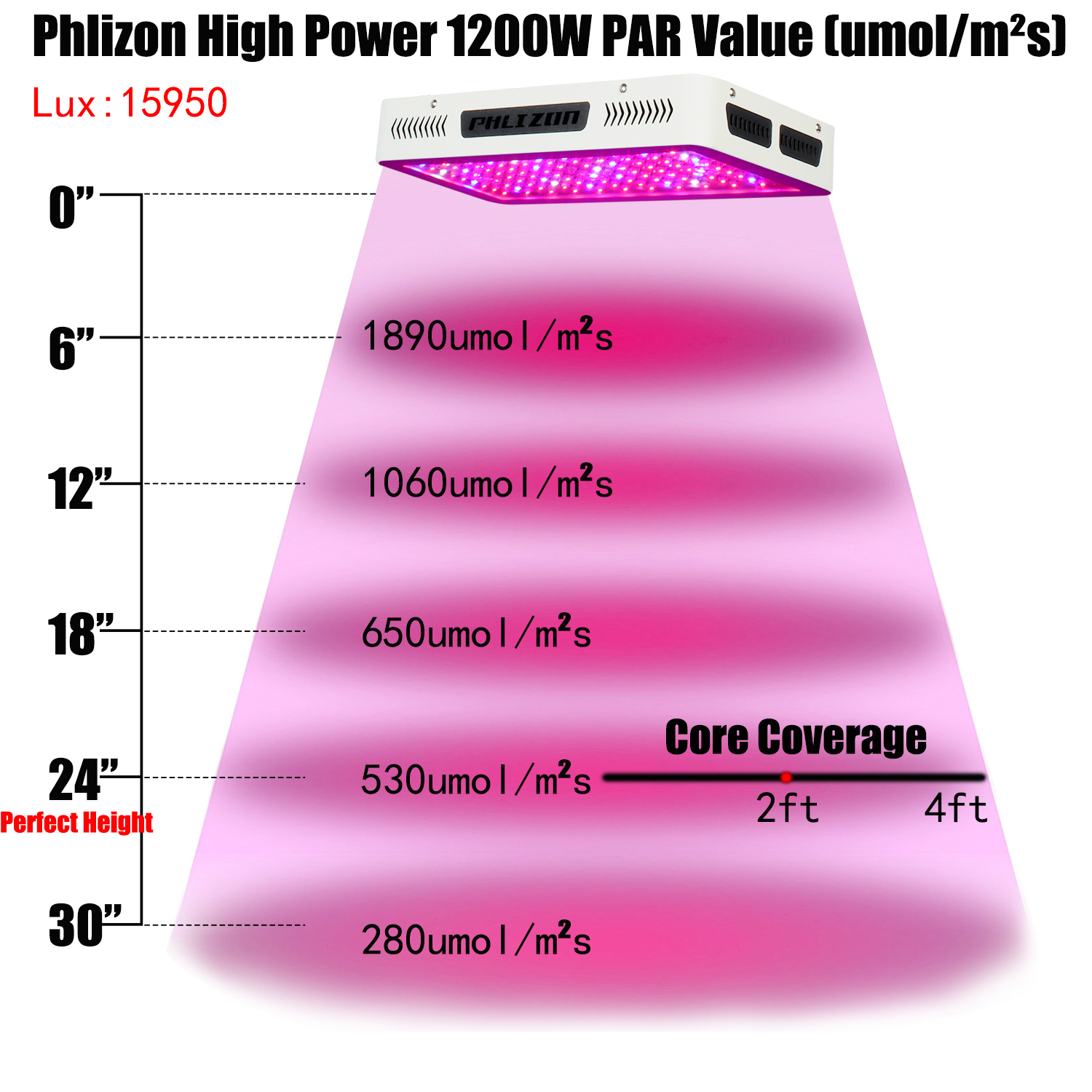
The Plug of LED Grow Lights you can use

Application:
Ideal for all phases of plant growth, and works well with water solution culture and soil culture.Can be used in house garden,pot culture,sowing, breeding farm,flower exhibition,bonsai garden,green house,sowing farm,greenhouse cultivation,water soluble breeding, pipeline cultivation and so on.
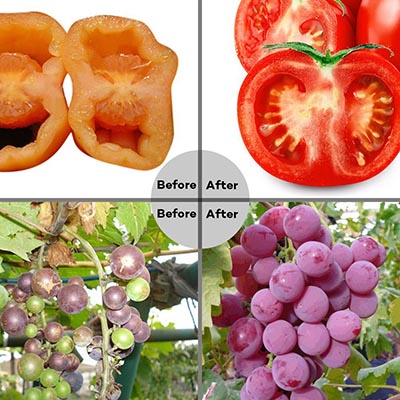
Quality Control systems and after-sales
Package
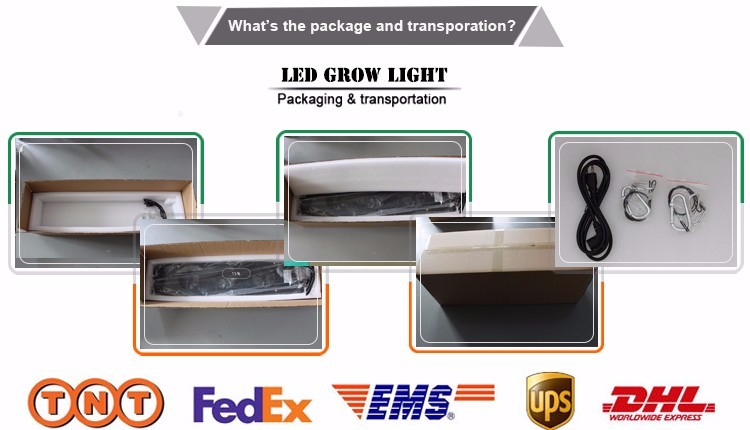
Why Choose Us
1. 10 years Led grow light manufacturer with professional experience in production.
2. Cooperated with customers in a long-term business relaltionship and our mission is to acheive win-win.
3. Products are strictly checked by QC department before delivery, and with CE, RoHS, FCC PSE approval.
4. 3 years warranty policy,up to now,our product defective rate is under 0.2%.
5. 20000 kits every month to guarantee the best delivery time.
Cautions:
1.Do not use the lights in dripping water or anywhere where they will get wet, water and electricity can be a dangerous mixture
2. The working environment for the light is -20~40 degree celsius,45%RH~90%RH.
3. To protect the light, Plz cut off the power when there is a lightning strike.
4. Don`t touch or move when the light working.
Suggestions:
1.Clean the dust inside every 6 months to ensure the good heat dissipation and long life time.
2.Don`t keep too short distance to the plant canopy to avert leaves bleaching.
3. Highly hang the lamp will weaken the energy and affect the growth cycle of the plants, so the lamp should not be hang too high.
4. While taking care of the plants, please spray the leaves and branches 2-3 times everyday, to ensure the plants do not wrinkle a wither,and have no phenomenon of few fruit, and hard pericarp
Philizon is a company that makes it possible to produce fresh vegetables:
Where it is too hot or too cold,
Where there is too much or too little sunlight,
We create in a complete closed indoor environment the optimal conditions to grow.
Led Light Indoor Plants Growing, Led Grow Light Plants Growing, Led Grow Lighting For Greenhouse, Grow Lights For Greenhouse
Store Wire Shelving Co., Ltd. http://www.szledaquariumgrowlight.com
